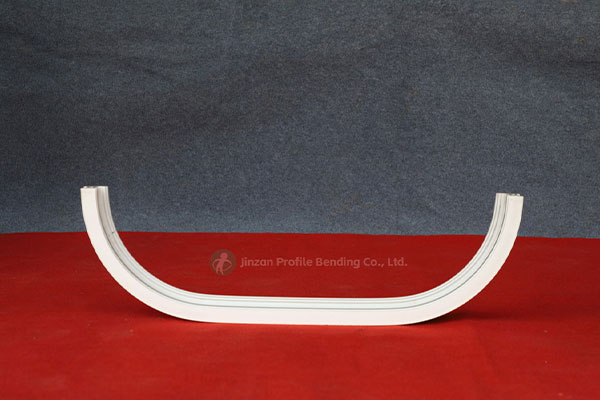Redefining the construction industry with innovative solutions, cuttin-edge technology and sustainable practices
Profile Bending 2025-08-14
In the ever-evolving field of architecture, the ability to blend aesthetic appeal with structural integrity is paramount. One of the innovative techniques that has emerged to meet this demand is profile bending. This method not only enhances the visual aspects of architectural designs but also ensures that structures are robust and functional. In this article, we will explore the principles of profile bending, its applications in architecture, and how architects can leverage this technique to create stunning and practical structures.
Profile bending is a manufacturing process in which materials, typically metals, are curved or shaped into specific profiles. This technique allows for the creation of intricate designs that would be challenging to achieve with traditional straight materials. Profile bending can be applied to various materials, including steel, aluminum, and fiberglass, making it a versatile choice for architects looking to push the boundaries of design.
The process involves the use of specialized machinery that can manipulate the material into desired shapes with high precision. This ensures that the final product not only meets aesthetic standards but also adheres to structural requirements. The ability to create custom profiles means that architects have greater freedom to experiment with forms and shapes that enhance the overall design of a building.
One of the primary benefits of profile bending is the aesthetic flexibility it offers. Architects can create sweeping curves, elegant arches, and complex geometries that add visual interest and character to a building. For example, profile bending enables the design of facades that feature dynamic lines and shapes, allowing buildings to stand out in urban environments.
Additionally, the use of curved elements can help to soften the harshness of a building's design, creating a more inviting atmosphere. Curved walls or roofs can also improve natural light penetration and enhance views, contributing to a more pleasant interior environment. The interplay of light and shadow on curved surfaces adds depth and texture, elevating the overall aesthetic appeal of the structure.

Beyond aesthetics, profile bending offers several functional advantages that are crucial for architectural design. Curved elements can improve the structural performance of a building by distributing loads more evenly. This can lead to more efficient use of materials, reducing waste and potentially lowering construction costs.
Moreover, profile bending can enhance the durability of structures. Curved designs are often less susceptible to stresses caused by wind and seismic activity, making them a safer choice for buildings in vulnerable locations. By incorporating profile bending into their designs, architects can create structures that are not only beautiful but also resilient and long-lasting.
Profile bending has found applications in various architectural projects, ranging from residential homes to large commercial buildings. Notable examples include:
1.Curved Roofs and Facades: Many iconic buildings feature curved roofs or facades that draw the eye and create a sense of movement. These elements often use profile bending to achieve their unique shapes while ensuring structural integrity.
2.Interior Features: Profile bending can also be employed within spaces to create stunning interior features such as curved walls, custom furniture, and decorative elements that enhance the user experience.
3.Bridges and Walkways: In civil engineering, profile bending is essential for designing pedestrian bridges and walkways that seamlessly integrate into their surroundings while providing functional pathways.
Profile bending represents a powerful tool for architects seeking to merge beauty with functionality in their designs. By embracing this technique, architects can push the boundaries of traditional design, creating structures that not only captivate the eye but also stand the test of time. As the architectural landscape continues to evolve, the integration of innovative methods like profile bending will be essential in crafting the enduring and inspiring buildings of tomorrow. Through careful consideration of both aesthetic and functional elements, architects can harness the full potential of profile bending, leading to a new era of architectural creativity and excellence.